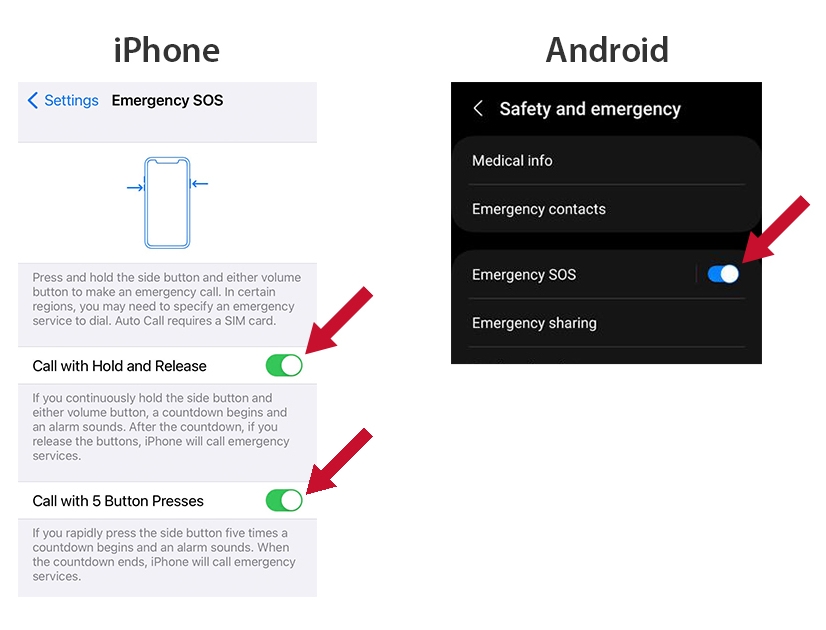Tips for calling 9-1-1
What is your emergency?
Explain briefly what the situation is and what type of emergency support you need. You do not need to provide the full details at this point. The Emergency Communications Officer you are speaking to will assess what emergency services are required.
Stay on the line and follow the instructions from the Emergency Communications Officer. Listen carefully and try to remain calm.
What town or city?
Calgary 9-1-1 answers calls for Calgary, as well as many surrounding communities. Once we know your location, we will connect you with the appropriate agency who will dispatch help to you. Each agency will then proceed with specific key questions to help determine the situation and provide you with critical instructions.
What’s the address of the emergency?
One of the most important pieces of information we need when someone calls 9-1-1 is the address of the emergency. If you don’t know the exact address or the incident isn’t at a physical address, the Emergency Communications Officer can enter an address as an intersection or two streets, or a commonplace name such as a school, mall, hospital, business or landmark.
On Calgary’s pathways, there are special yellow signs that contain a set of letters and numbers. These signs are called emergency locators and will map to an exact location.
When you call 9-1-1 from a cell phone, we receive an approximate location based on data provided from the cell phone including GPS. The accuracy of that location can vary based on a number of factors. This is why it’s important to provide us with an address or details of the location of the emergency.
Are there any weapons or violence?
Emergency Communications Officers are required to ask this question, even in a fire or medical situation, to assess if police are needed first. This will not delay other help also being sent, but ensures the safety of everyone involved, including the first responders. Please answer yes or no to this question and provide some information if your safety is in danger.
Accidental 9-1-1 calls
Calgary 9-1-1 receives over 300 accidental calls every day. These calls tie up our resources and may prevent people with real emergencies from reaching 9-1-1. If you do call 9-1-1 by mistake, do not hang up. Stay on the line and let the Emergency Communications Office know what happened. If you hang up, we have to call you back and that could tie up the line for someone who really needs it.
The majority of accidental calls to 9-1-1 come from cell phones. Many cell phones, including iPhones and Android devices, have an Emergency SOS feature that automatically dials 9-1-1 in certain circumstances.
For instance, on iPhones, pressing the power button five times in a row or holding the volume and power buttons simultaneously triggers an emergency call. Android phones may have similar functionalities. These features can inadvertently lead to accidental calls.
Please consider reviewing your phone's settings to understand how this feature is activated to help reduce accidental calls.
Other tips to reduce accidental 9-1-1 calls:
- Safely store your cell phone to avoid “pocket dials”. A cell phone in your purse, pocket or backpack can call 9-1-1 sometimes, even if the keypad is locked.
- Don’t pre-program 9-1-1 into any phone. 9-1-1 is an easy and well-known emergency number.
- Remember that cell phones without a SIM card or a de-activated cell phone are still able to place 9-1-1 calls
- Be mindful of who can access your phone, especially when children are involved; please don’t let kids play with your phone to help prevent unintentional 9-1-1 calls.
- Children who learn about 9-1-1 in school are sometimes tempted to "test" 9-1-1. Please teach your children to call 9-1-1 in an emergency only.
Emergency SOS settings on your phone

Please note, Emergency SOS feature may appear differently depending on the make and model of the device
Tips for calling 9-1-1
Download our Tips for Calling 9-1-1 resource available in the following languages:


